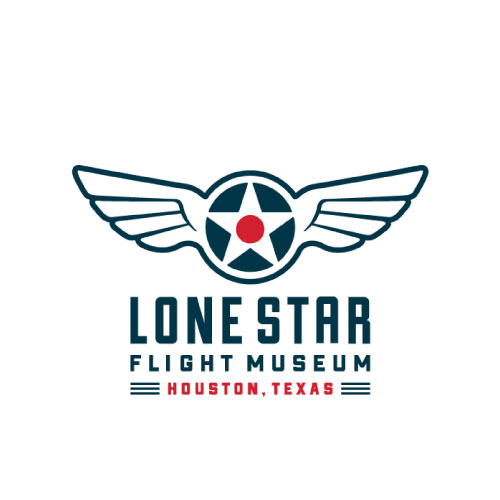Pitts Special S-1
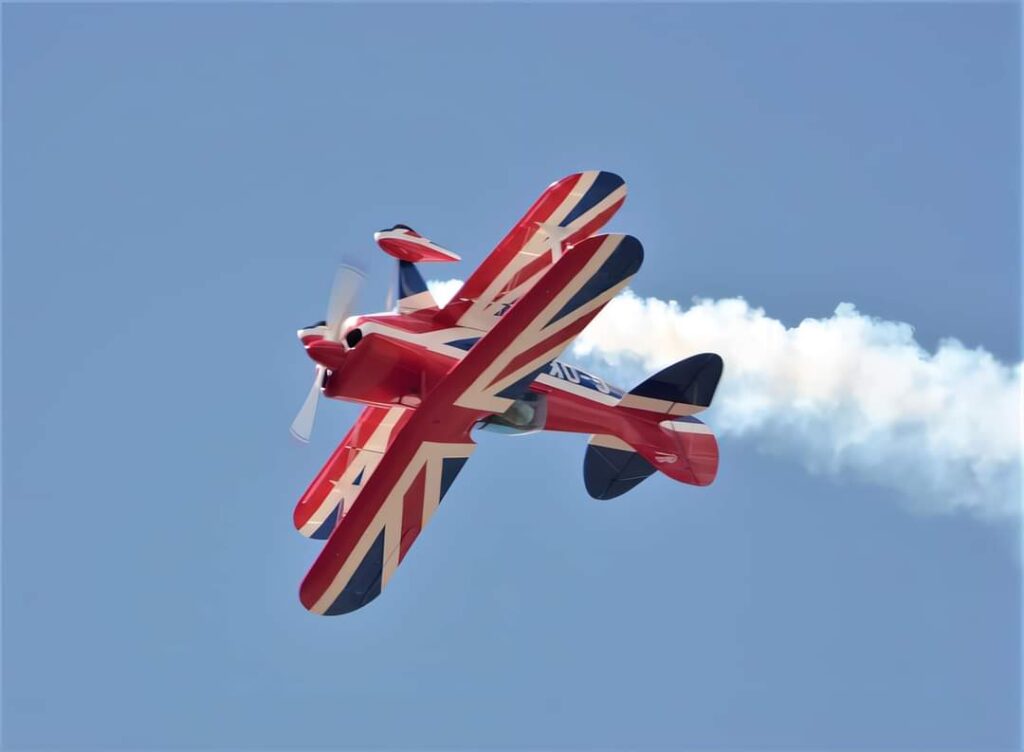
Designed by Curtis Pitts in 1944, the biplane hangs inverted with the nose up and at a slight bank to represent the biplane’s history of successful airshows.
Piper L-4 Grasshopper
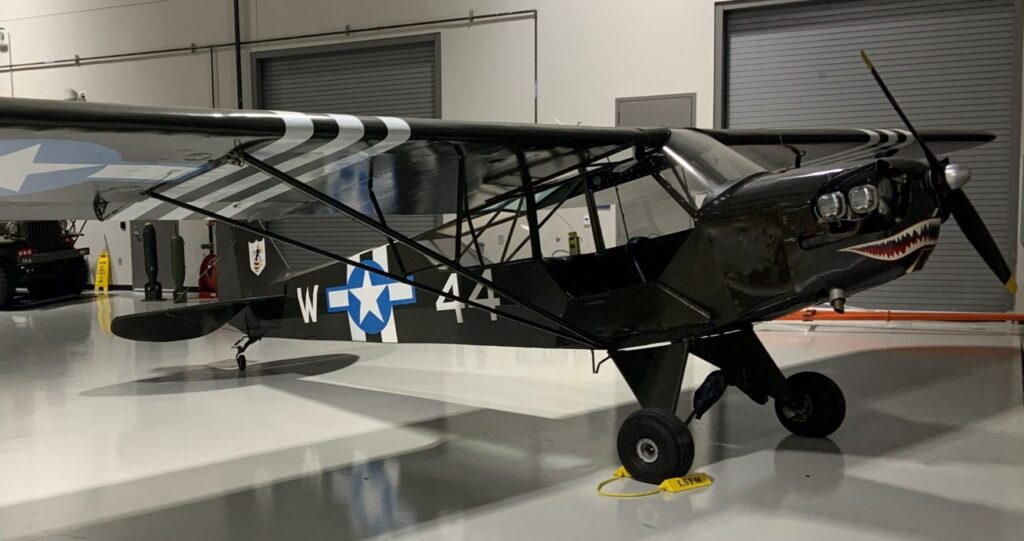
The L-4 was a two-place tandem cockpit, dual-control aircraft and was among the most useful tactical aircraft of WW II.
Beecraft Honey Bee
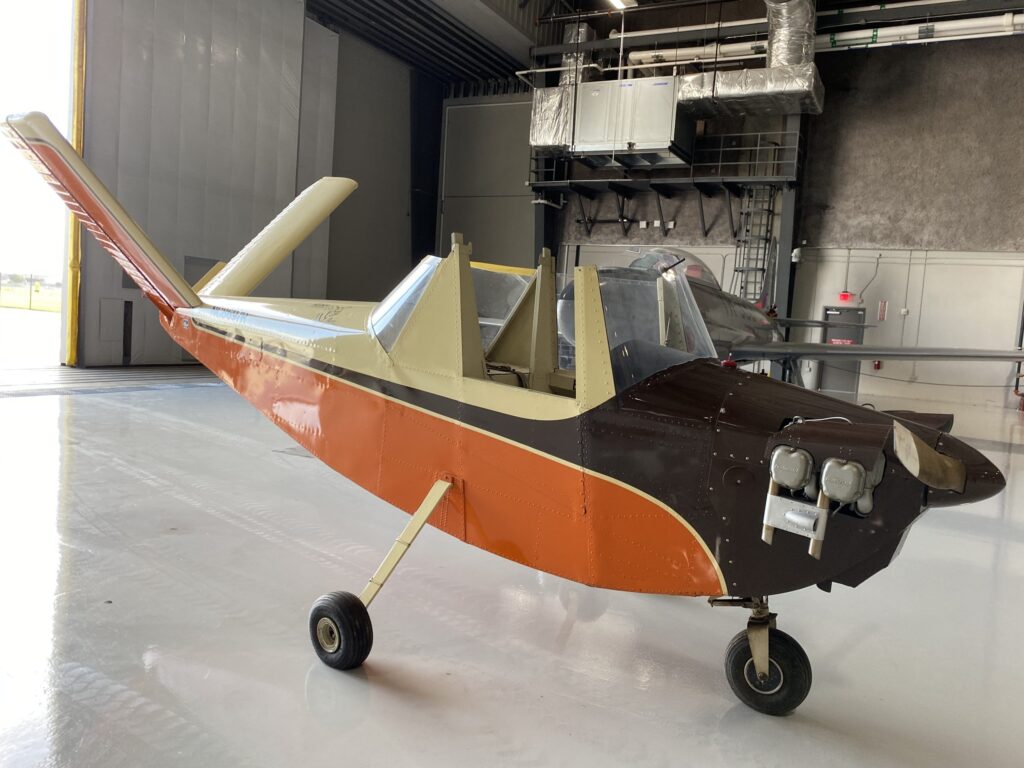
It is a high-wing cantilever monoplane with enclosed accommodation for the pilot below the wing and is fitted with a V-tail and tricycle landing gear.
Cessna L-19 / O-1A Bird Dog
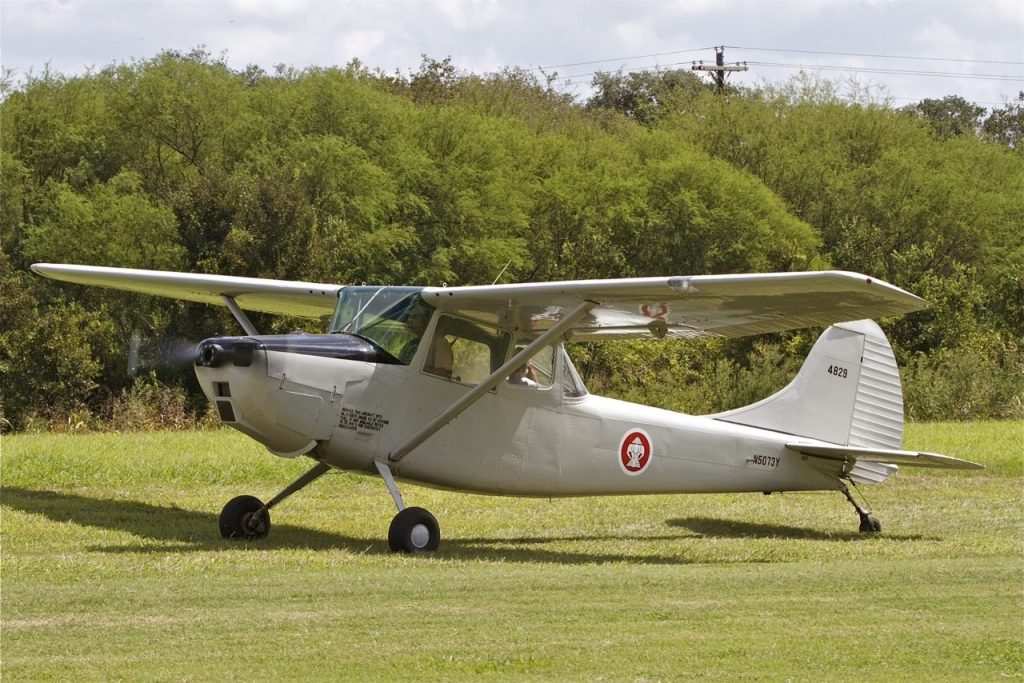
Introduced in 1950, the all-metal fixed wing with tandem seating and angled side windows improved downward visibility.
Piper PA-39 Twin Comanche
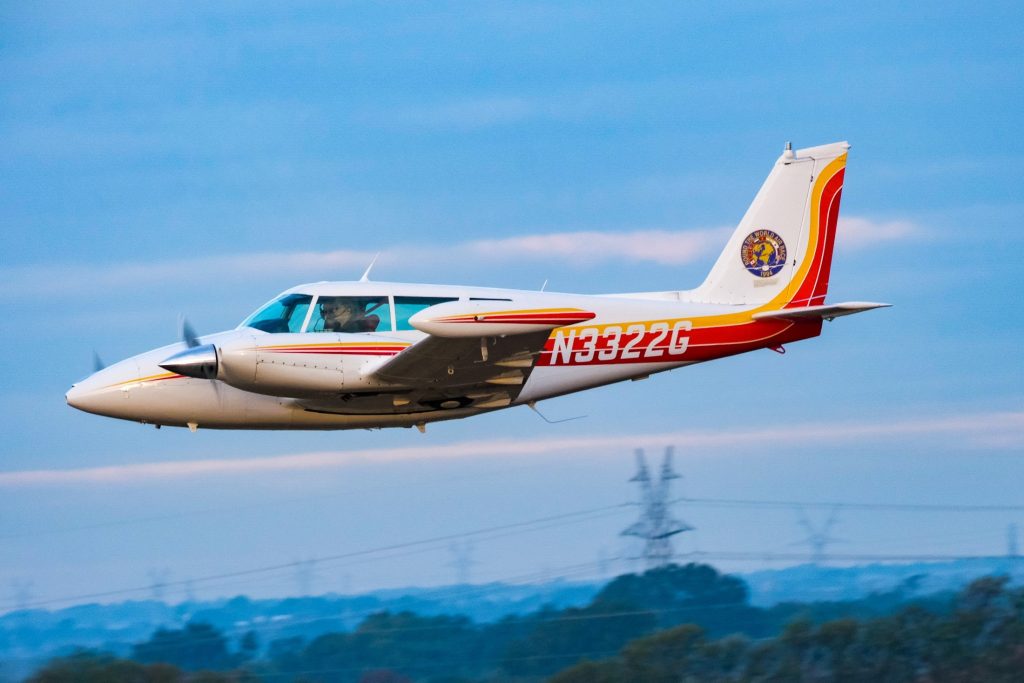
History making aircraft with an all female crew to win the 1994 Round the World Air Race!
General Atomics MQ-1B Predator

The Predator is an armed, multi-mission, medium-altitude, long-endurance remotely piloted aircraft that is employed as an intelligence-collection asset and against dynamic execution targets.
Vultee BT-13
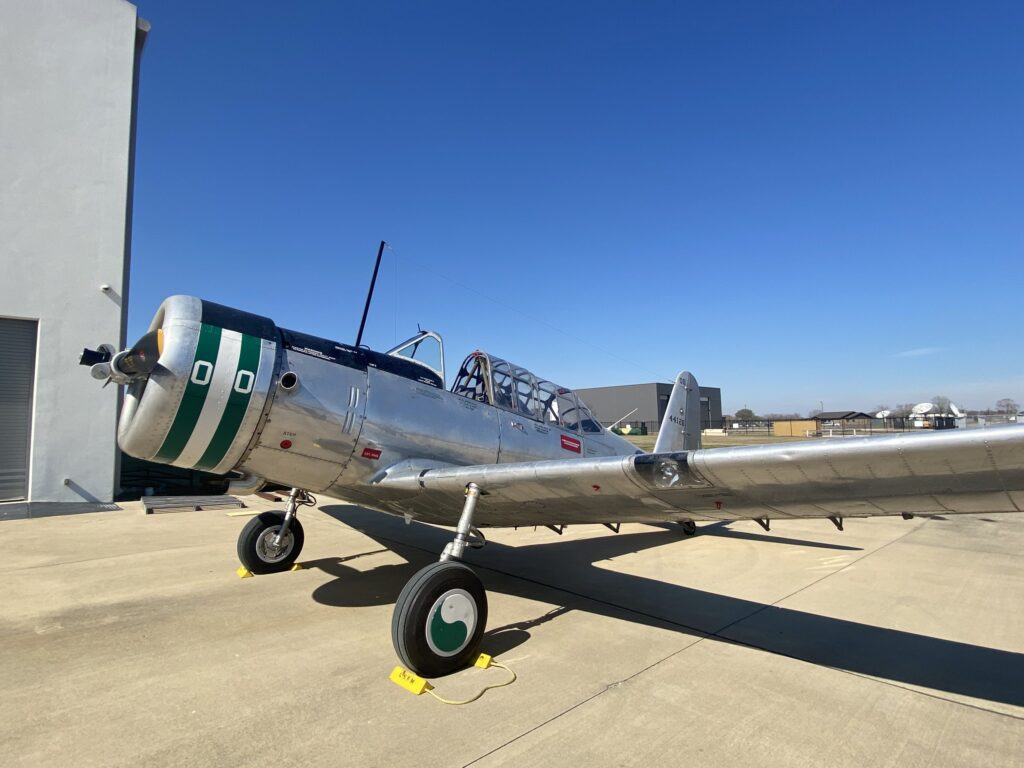
The Vultee BT-13, along with the PT-17 and the PT-19 were the three most widely used trainers employed by the United States military during World War II.
Lockheed Howard 250 Tri-Gear
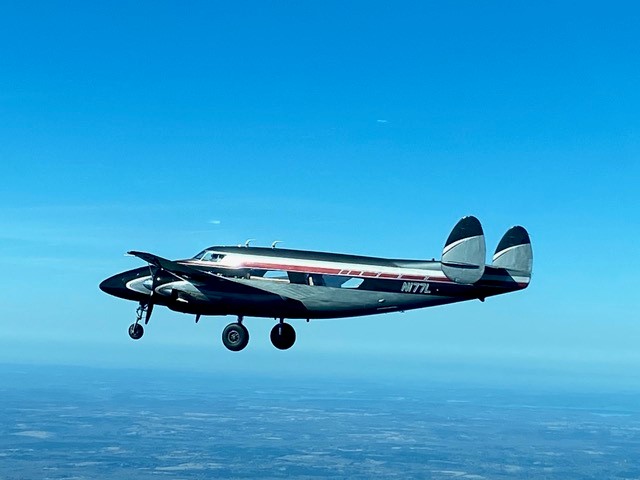
The Howard 250 was designed by Howard Aero to take the military designed transport Lockheed L-18 Lodestar and turn them into a executive corporate aircraft in the 1950’s.
Cessna T-41 Mescalero
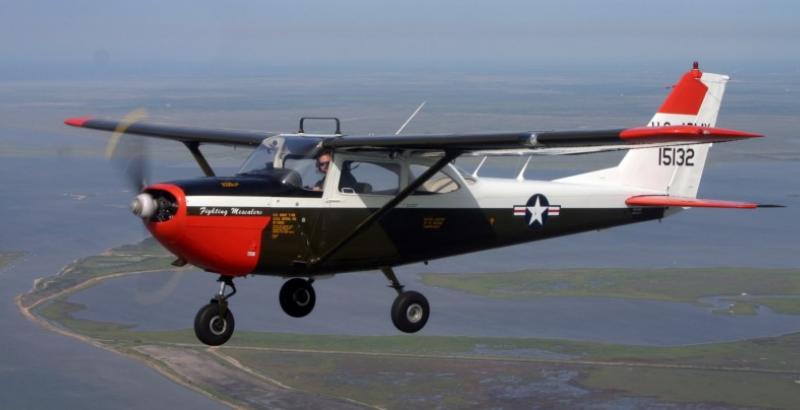
The T-41 Mescalero is a military version of the Cessna 172 that was fitted with a larger engine and variable pitch propeller.
Boeing PT-17 Stearman
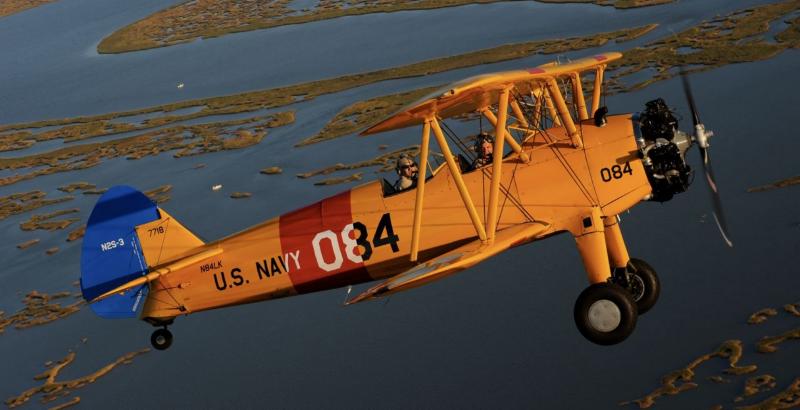
From 1934 until February 1945, the Stearman Aircraft Company, a division of the Boeing Aircraft Company, built a total of 8,428 model 75 airplanes for the U.S. Army and U.S.
Culver Dart GC
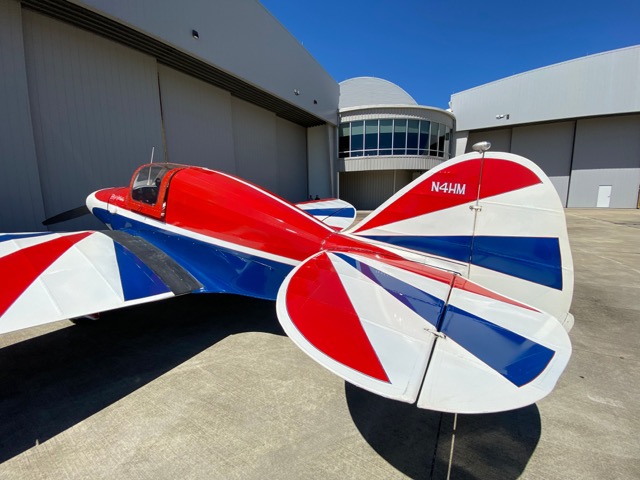
An American two-seater light monoplane with exceptional strength, rigidity and maneuverability.
General Motors TBM-3E Avenger
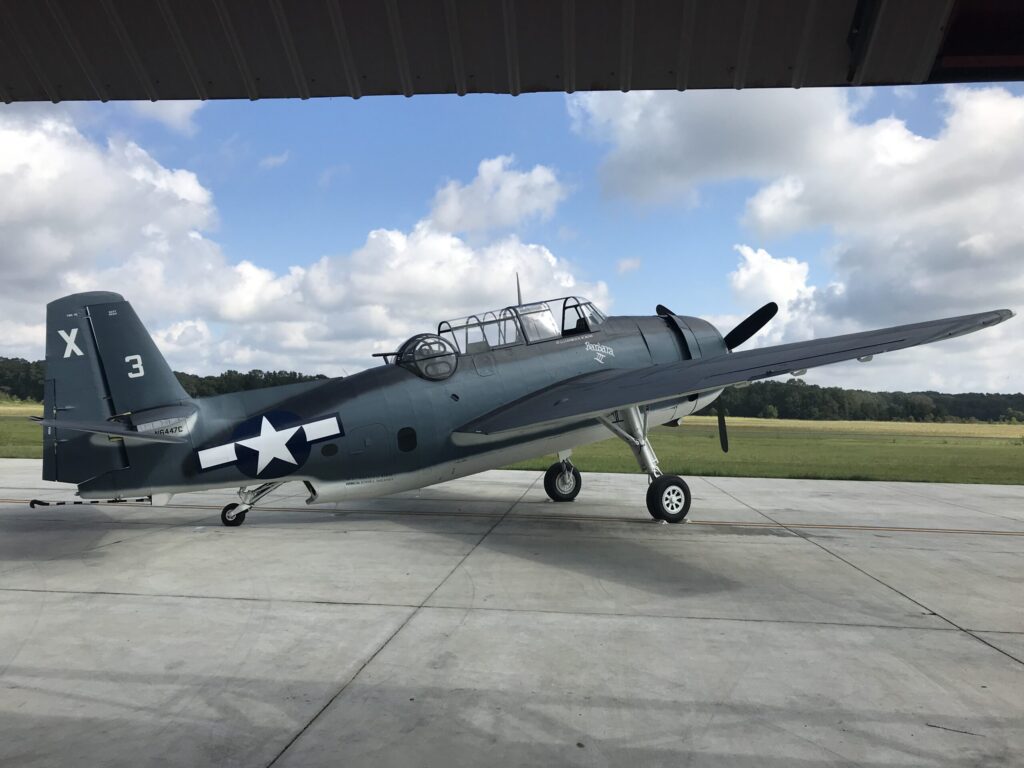
In 1939, aviation technology was changing so fast that two years after they took delivery of the Douglas TBD Devastator, the U.S.
Sikorsky S-76A++
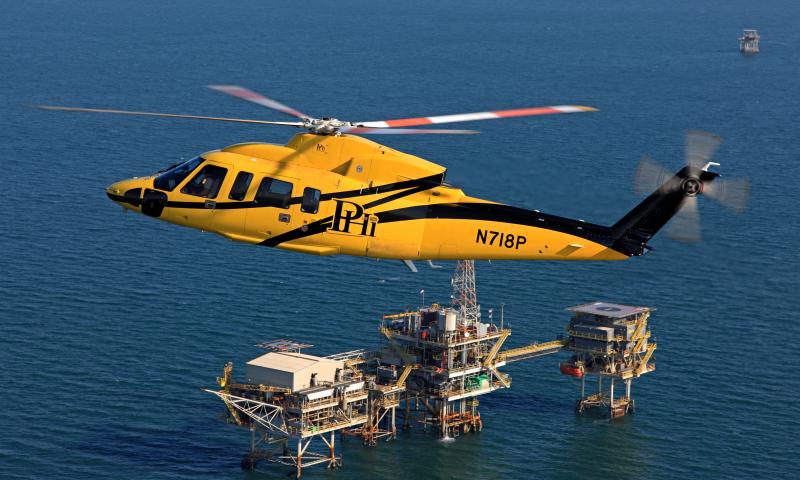
The S-76 was the first helicopter specifically designed by Sikorsky to meet the needs of the civilian and commercial markets. Seeing there was a growing need to move workers to off-shore oil.
Anderson Greenwood AG-14
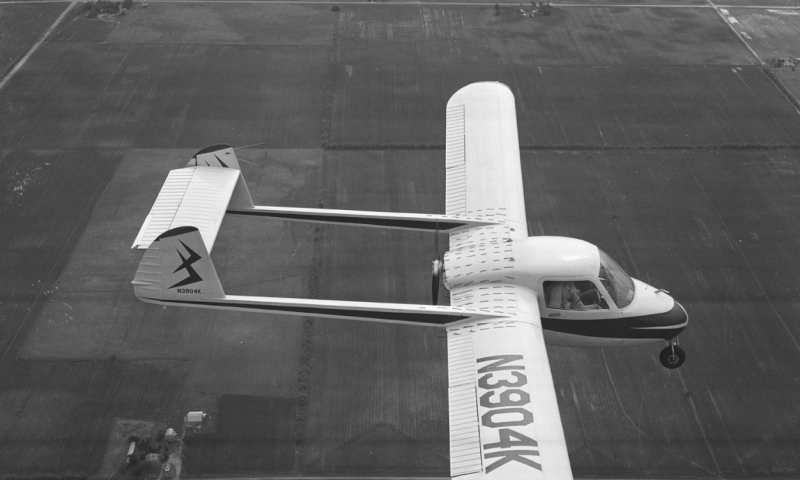
In 1940, Texas entrepreneurs Ben Anderson, Marvin Greenwood and Lomis Slaughter set out to build a two-seat, low wing aircraft for the sport aviation market.
Douglas DC-3
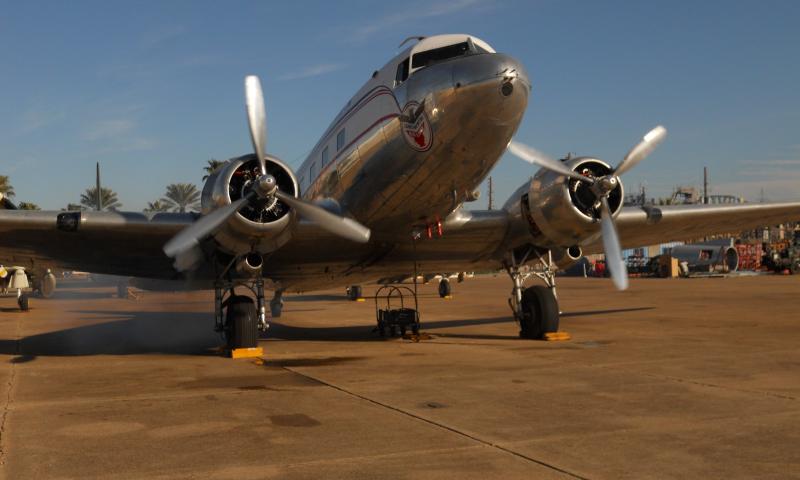
The DC-3 was engineered by a team led by chief engineer Arthur E. Raymond, and first flew on December 17, 1935 (the 32nd anniversary of the Wright Brothers flight at Kitty Hawk).
Chance Vought F4U-5N Corsair
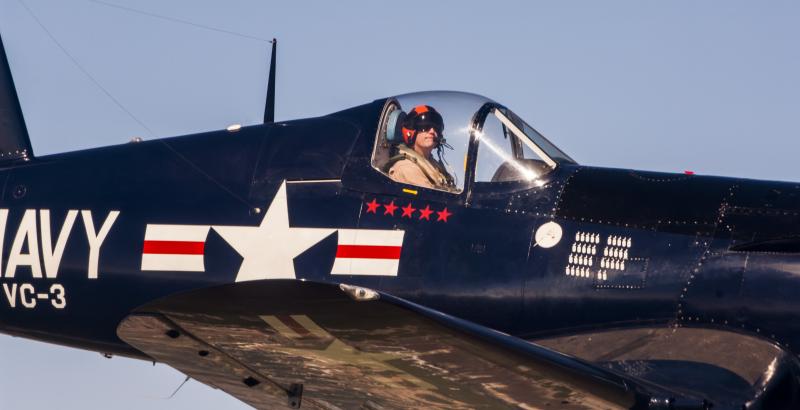
Chance Vought Aircraft Corporation contracted with the US Navy for a single prototype fighter aircraft in June 1938. Vought engineers selected the new 2,000 horsepower Pratt & Whitney R28
Fairchild PT-19 Cornell

In the late 1930s, the Fairchild Aircraft Manufacturing Company entered their M-62, later known as the PT-19 design to satisfy the Army Air Corps’ call for a primary trainer.
North American B-25 Mitchell
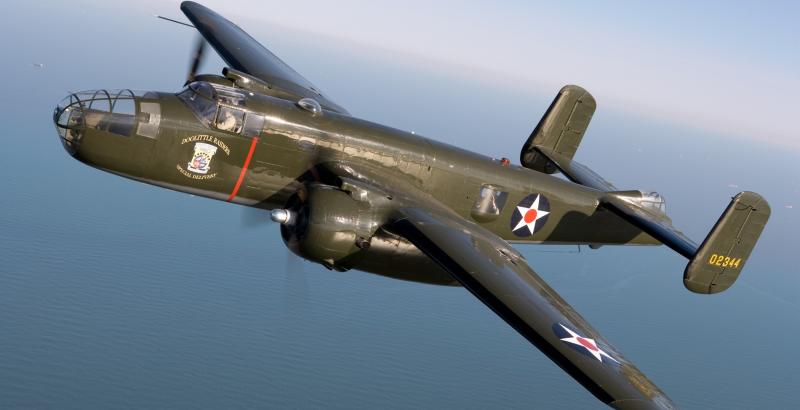
North American Aviation’s design of a twin-engine medium bomber was approved by the Army Air Corps in September 1939, and the prototype made its maiden flight less than a year later
North American T-6 Texan
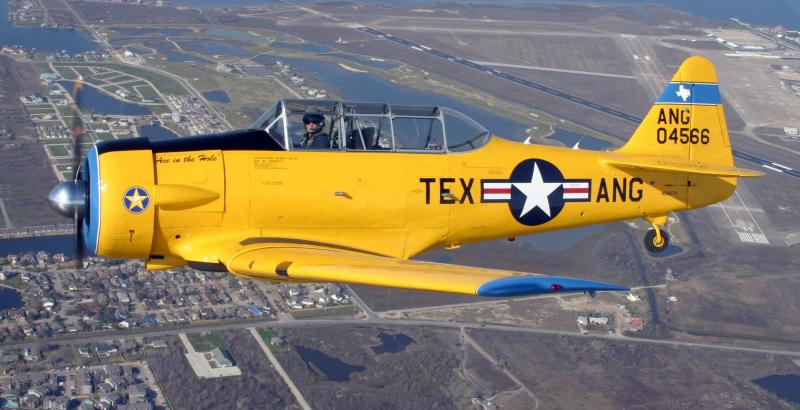
The North American T-6 Texan was known as “the pilot maker” because of its important role in preparing pilots for combat. The T-6 was the classroom for most of the Allied pilots who flew in WWII.
